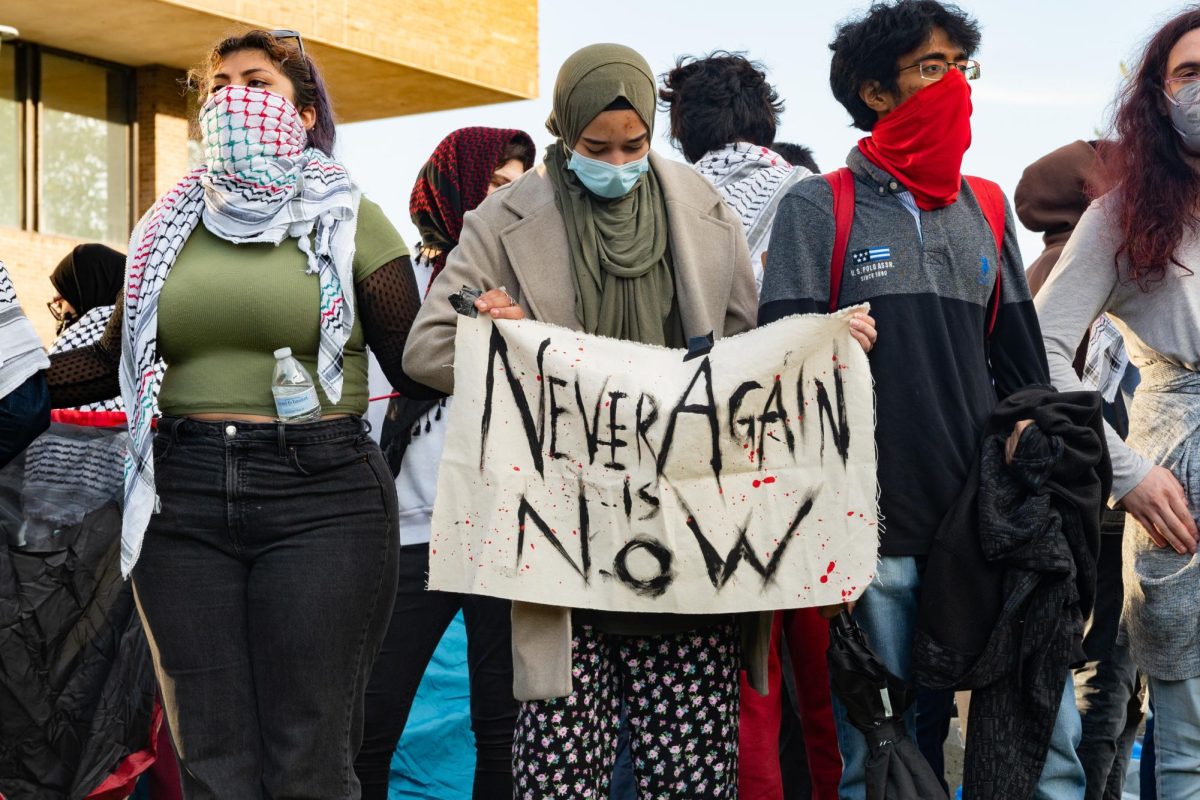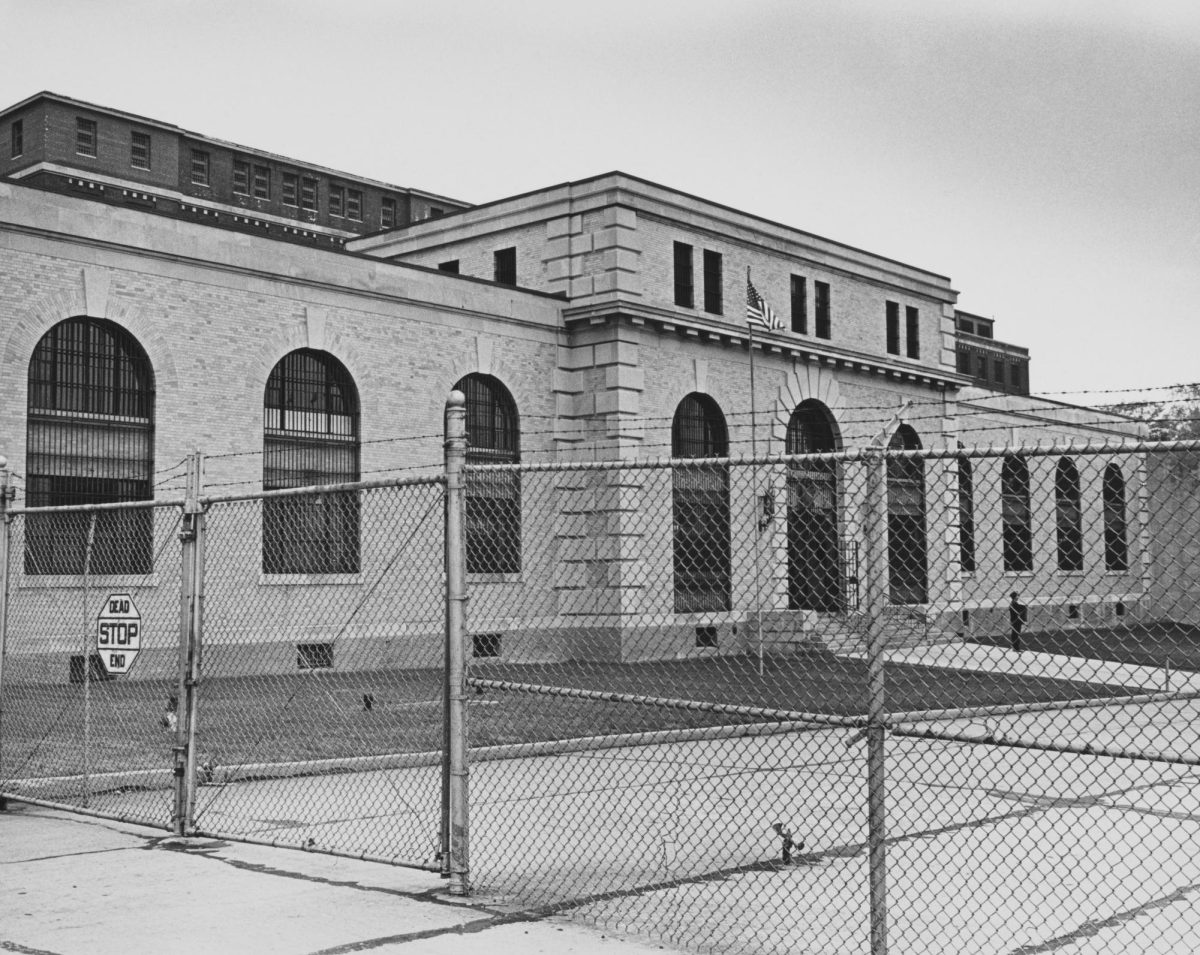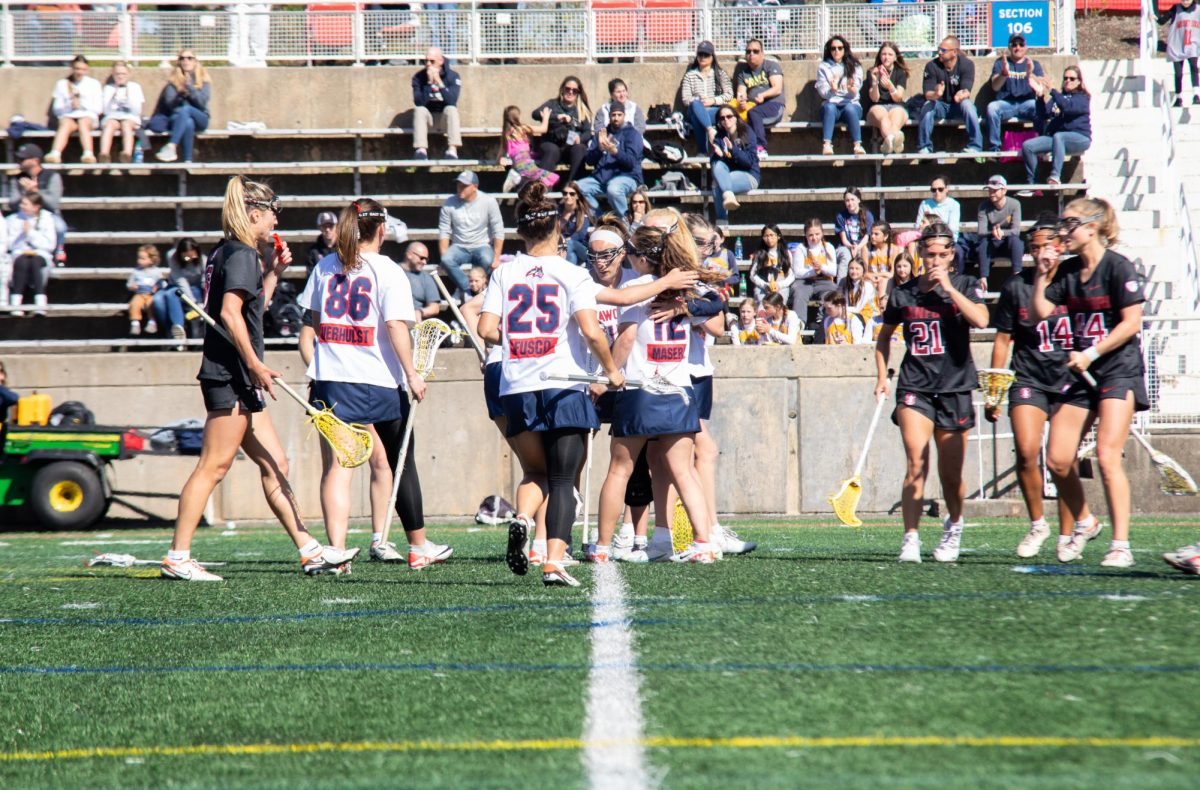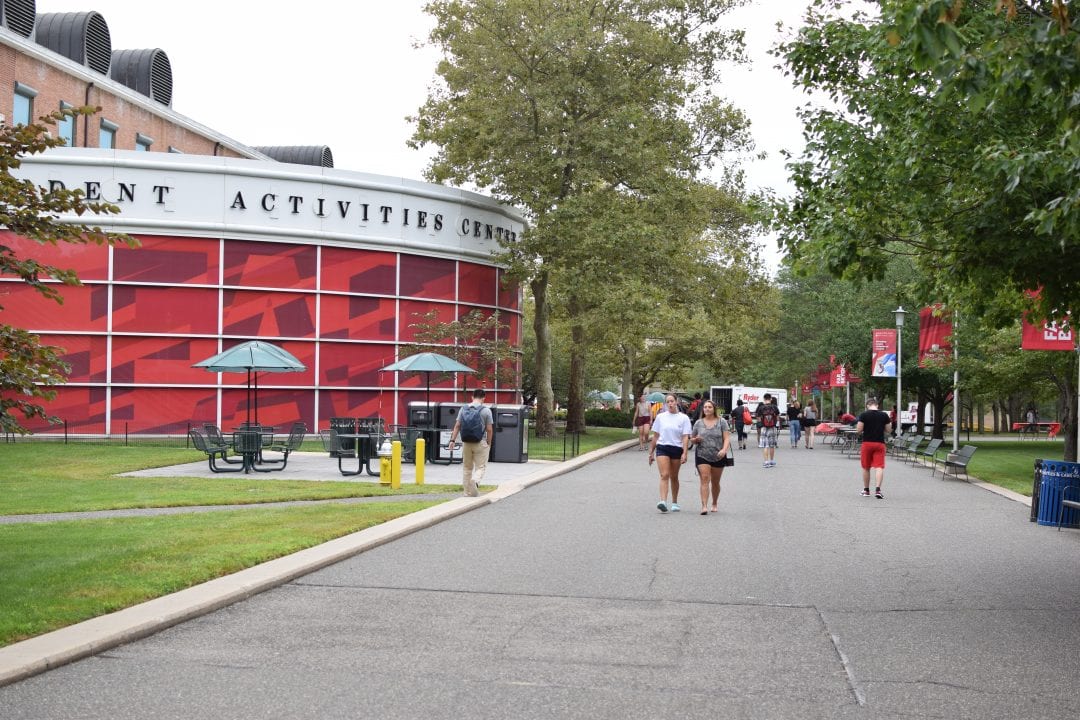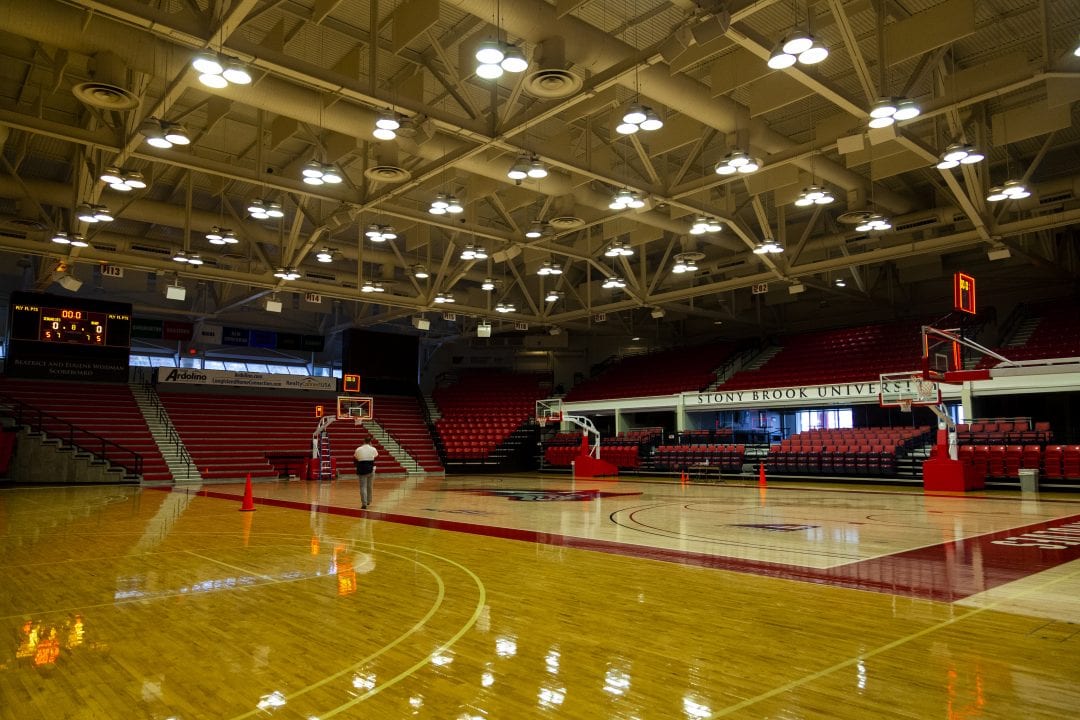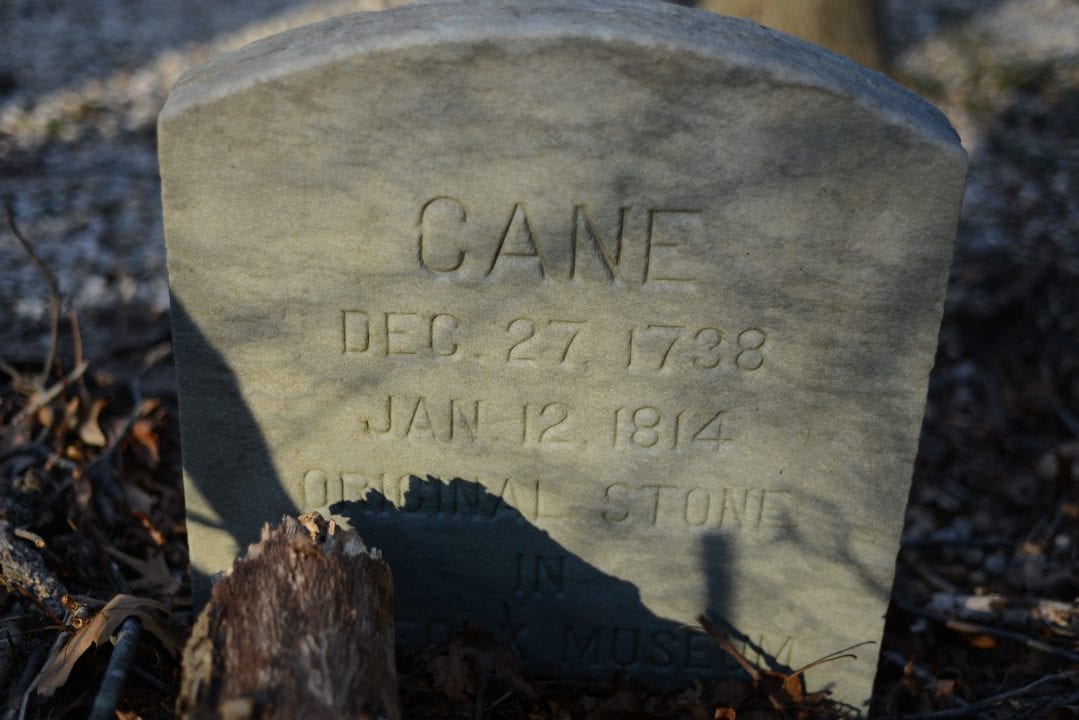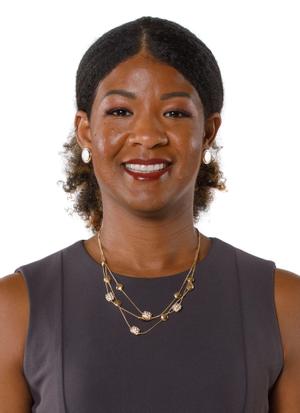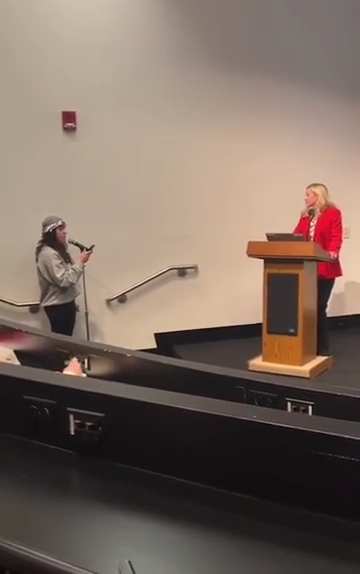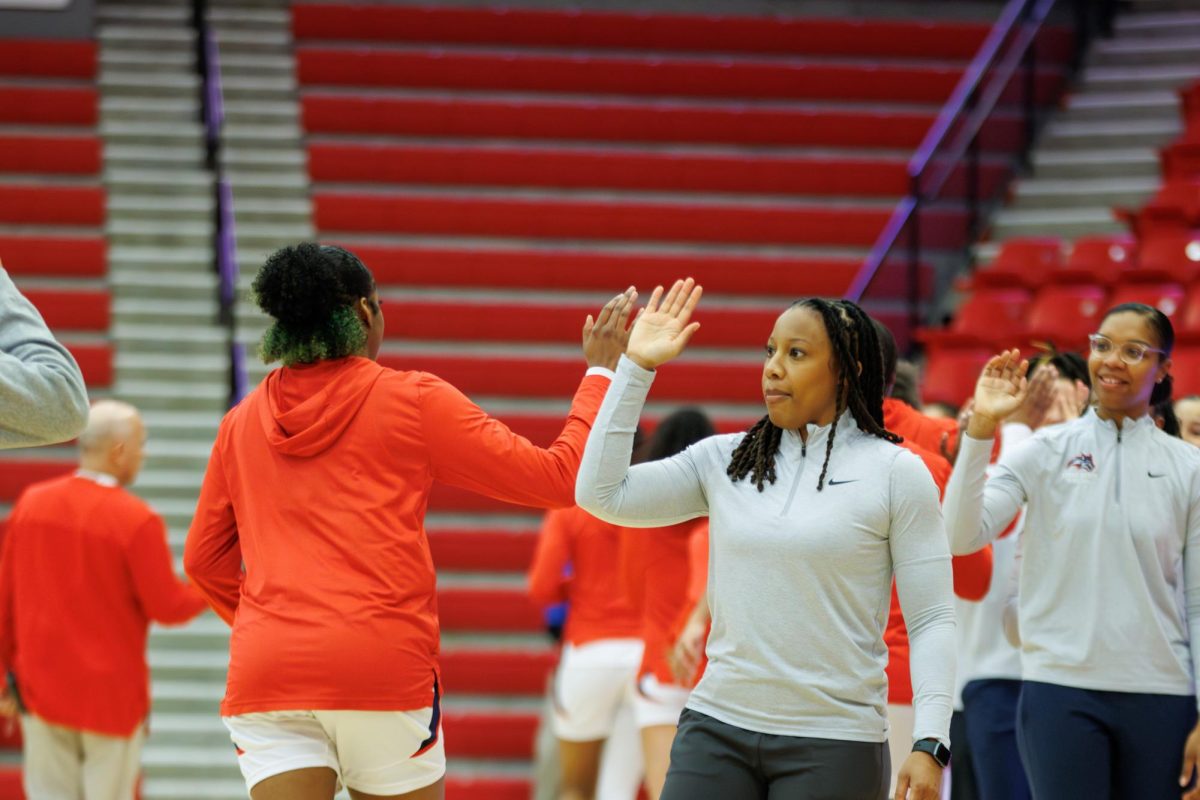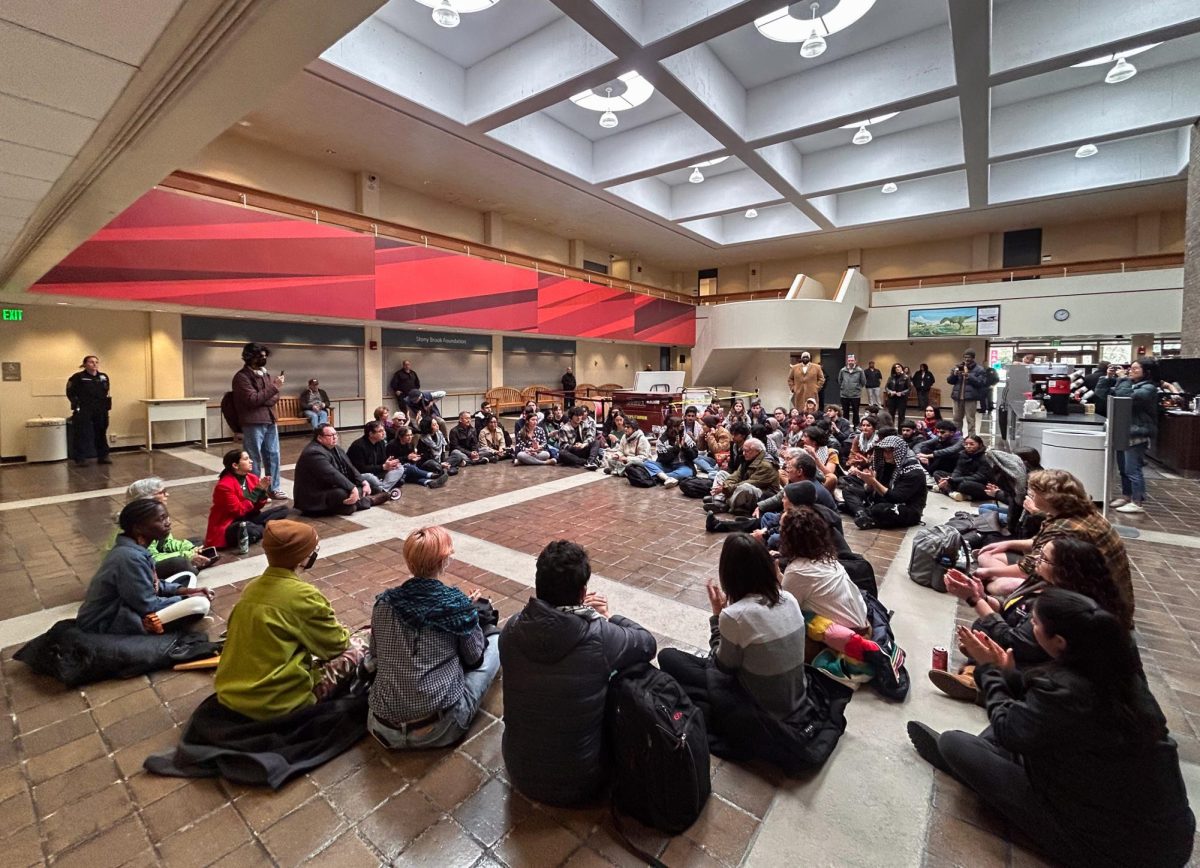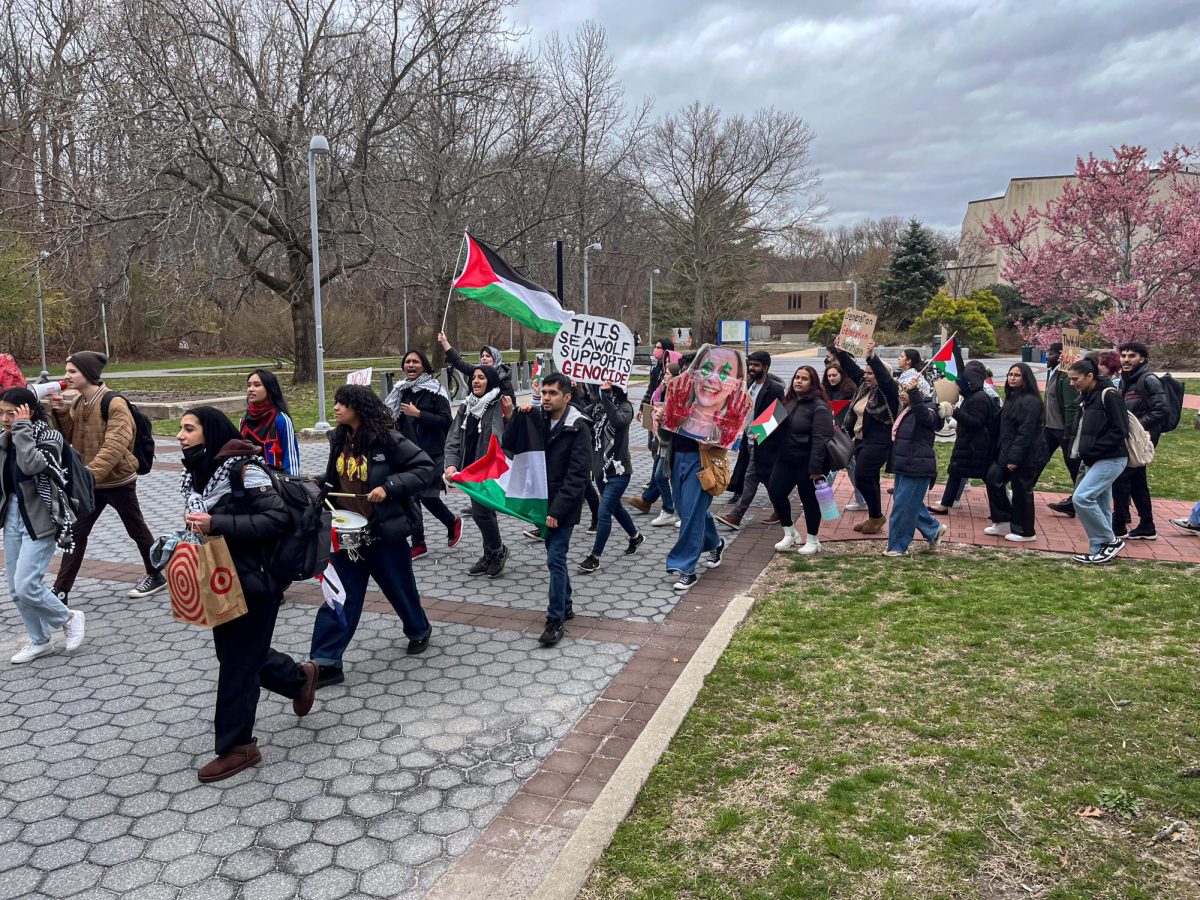
Stony Brook’s Division of Information Technology will be working with the IT department of Dowling College to fix network issues at the Brookhaven Residential Village of Dowling’s campus over spring break.
Since the fall semester, Stony Brook’s DoIT team has been aiding Dowling in fixing the network issues at the Brookhaven Residential Village, or BRV, even though it is not Stony
Brook’s facility.
The overall throughput speed was first increased from 25 Mbps (megabits per second) to 100 Mbps, the maximum speed possible.
SBU DoIT found that the connection of 100 Mbps from Oakdale, the main Dowling campus, to Brookhaven is insufficient.
Lightpath, a subsidiary of Cablevision, manages the link between the two campuses, Brookhaven and Oakdale.
Brookhaven Residential Village was acquired from Dowling College for use the first time this academic year.
Approximately 200 Stony Brook students call the gated facility their home.
The student body here is made up of transfer students who are guaranteed housing on the main campus during the next academic year.
Students take a bus back and forth to get to class 20 miles away from where they live in Shirley.
The Internet is a basic necessity for students and as all the denizens of Brookhaven Residential Village get off the last bus of the day, connection problems occur.
Brookhaven is over 15 miles away from Dowling’s main Oakdale campus, but it is still under the same Wi-Fi network as the Dowling campus.
With everyone on the Internet at once, the network becomes saturated during peak hours.
When students are plugged in with ethernet cables, they do not have issues with the network.
Additionally, during the day when most students are normally at Stony Brook’s campus, there are no Wi-Fi issues.
But as the assistant director of Campus Residences Henry Joseph put it, when everybody is on the network, the connection issues are almost like gridlock traffic.
Like during rush hour, everyone is leaving at the same time and trying to go to the same place.
“It’s really hard to get your information back and forth because you’re all colliding with each other,” Joseph said. “The more you collide with each other the longer it takes to get your packet back.”
Similar to a traffic accident, in the digital world it takes longer for those collisions to clear up and create a path for information to move freely.
Like drivers honking their horns, students hit refresh in an attempt to see faster results, but this actually makes the connection worse.
By doubling the connection speeds from 100 Mbps to 200 Mbps, the lanes are essentially widened, giving people more room to navigate the Internet.
“You’re not going to be going 60, 70 miles an hour, but at least you’re not stuck,” Joseph said.
In the meantime, students were given suggestions to help get their homework done, such as using the SINC sites while at Stony Brook and the computer labs back at the Brookhaven dorms.
“A lot of people say that we should just get work done on campus, but realistically you would like to get work done in your room,” China Bailey, junior health sciences major and resident of Brookhaven Residential Village, said.

